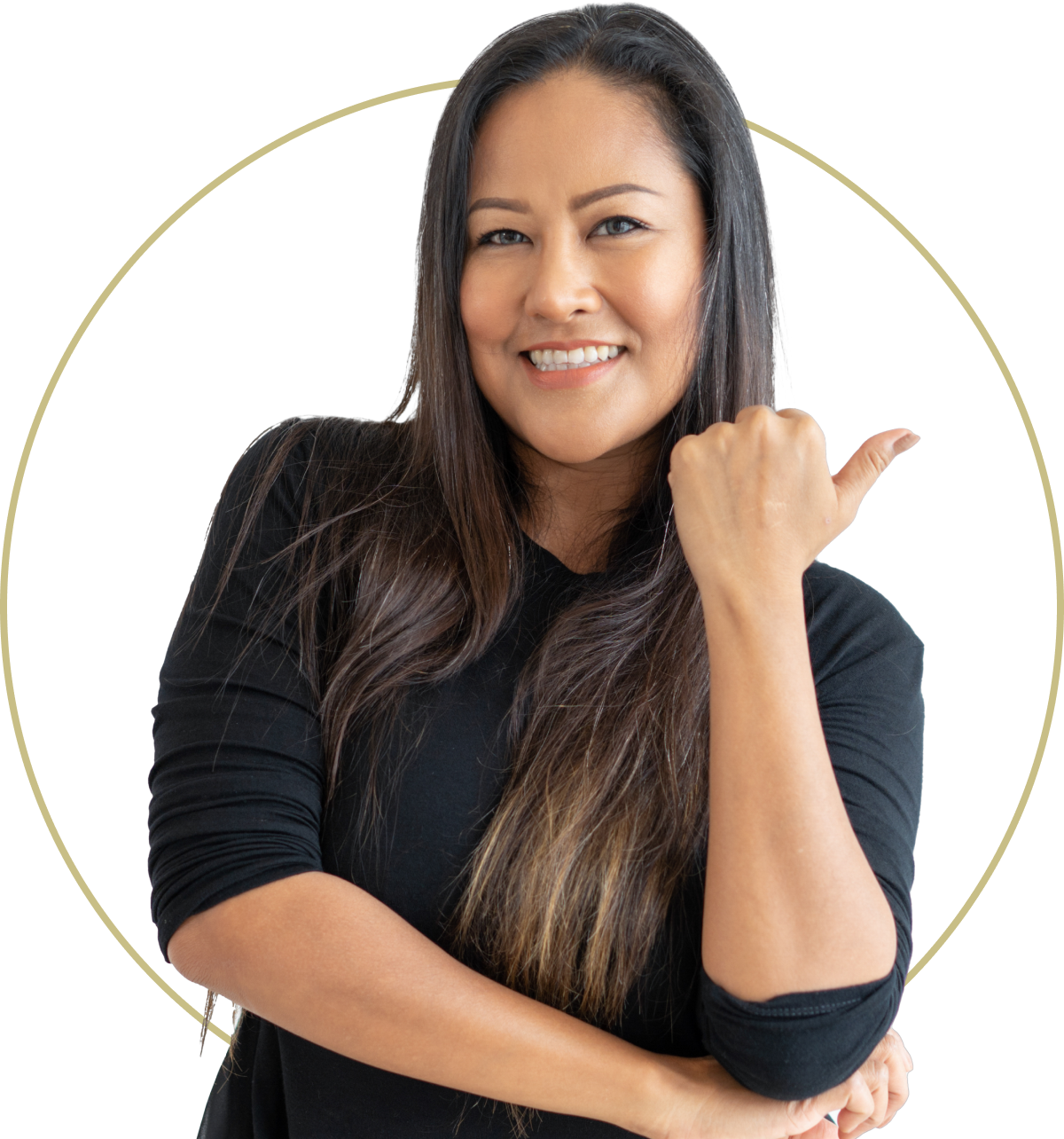Menopause and Osteoporosis
By Andrea Donsky | Fact Checked | Sources

When people talk about menopause, two things are most often associated with this transitional time of life: hot flashes and osteoporosis. We cover the former in another article, but here we want to talk about your bones.
The number one reason behind the association between menopause and osteoporosis is the dramatic drop in estrogen levels. That decline contributes significantly to the decrease in bone density and the accompanying risk of bone fracture among women.
In fact, according to the National Osteoporosis Foundation:
- About 80 percent of the estimated 10 million Americans with osteoporosis are women.
- Approximately half of women age 50-plus will experience a bone break because of osteoporosis.
- A woman’s risk of breaking her hip is the same as her combined risk of developing breast, ovarian, and uterine cancers.
Menopause is not the only cause of osteoporosis
Although the dramatic drop in estrogen levels is a major cause of fragile bones and osteoporosis, other factors also have a role.
- Women generally have thinner, smaller bones than men, who also can develop osteoporosis, although at significantly lower numbers
- The foundation for osteoporosis can actually begin during adolescence if young women don’t get enough exercise and consume enough bone-building nutrients during their developing years. It’s important to emphasize this fact to young women.
- Ethnicity matters when it comes to osteoporosis and fracture risk. Caucasian women have the highest risk, followed by Asians, Hispanics, and African Americans. For example, the prevalence of vertebral fractures among women older than 65 is 70 percent for Caucasian women, 68 percent for Japanese women, 55 percent for Mexican women, and 50 percent for African American women. Rates of bone loss during menopause are similar across ethnicities.
- Size matters. Women who are thin and/or petite are at a greater risk of developing osteoporosis because they have less bone to lose than larger women.
- Your genetics may increase your risk. A family history of bone fractures and deteriorating bone density can place you at greater risk.
- Long-term use of steroids and some other medications can increase your risk of osteoporosis.
How to protect yourself against osteoporosis during menopause
The best time to start saving your bone health is right now. Although bone density begins to decline naturally around age 30, that doesn’t mean you should give up! In fact, let’s get you started on some bone-saving measures.
Do weight-bearing exercise.
That includes walking, jogging, running, jumping rope, trampoline, dancing, stair climbing, ellipsis, and gardening. When you make your muscles work against gravity, you help build bone.
Get sufficient calcium.
The recommended daily allowance of calcium for adults who have a low-to-average risk of developing osteoporosis is 1,000 mg, and it jumps to 1,200 mg for postmenopausal women. Calcium supplements (calcium carbonate and calcium citrate) are suggested, but keep your intake to less than 2,000 mg daily if you are older than 51 years. Too much calcium can result in kidney stones. Great food sources of calcium include canned fish with bones, dark green leafy vegetables, and calcium-fortified bread and orange juice.
Take vitamin D.
You need this vitamin to absorb calcium. If you expose your skin to sunlight for about 20 minutes daily at least four times a week, your body may be producing enough vitamin D. However, because so many people have insufficient levels, it’s a good idea to be tested, so you know what dose of the vitamin to take. A simple blood test will let you know where you stand. In addition to taking a supplement, you can get vitamin D from eggs, fatty fish, fortified milk, and fortified cereals.
Watch your meds.
Certain medications, such as steroids, anticonvulsants, blood thinners, thyroid medications, and aromatase inhibitors, can increase the rate at which you lose bone density. If you are taking any of these medications, talk to your doctor about options.
Limit liquor.
Drinking too much alcohol can harm your bones. No more than one alcoholic drink daily is suggested. The damage done to bones from heavy alcohol use cannot be reversed, even if you stop drinking.
Bottom line
Osteoporosis and menopause don’t have to go hand-in-hand. You can reduce your risk of developing osteoporosis and help prevent fractures by incorporating some lifestyle changes. Your bones will thank you.




